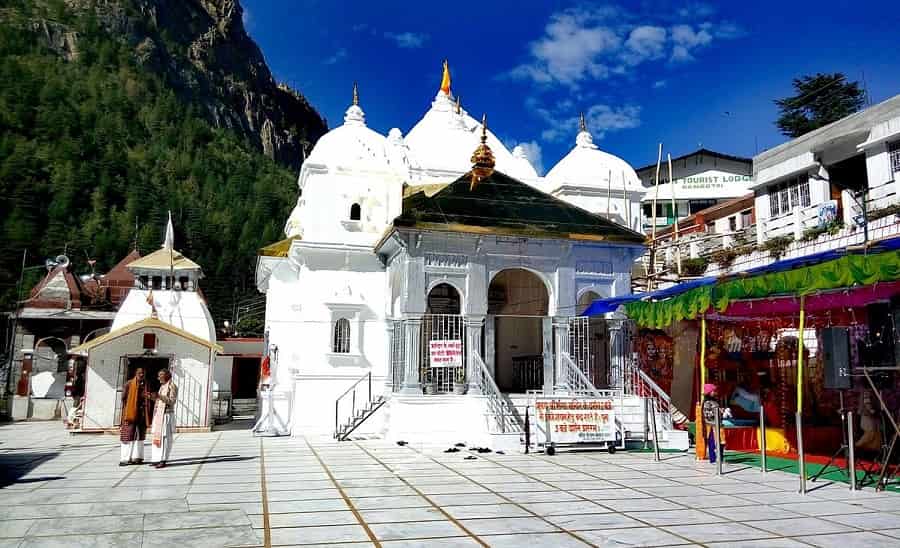History of Gangotri Dham
Gangotri is a sacred Hindu shrine located in the Indian state of Uttarakhand. It is one of the four sacred shrines in the Char Dham pilgrimage circuit, and it is dedicated to the goddess Ganga, one of the most revered deities in Hinduism.

According to Hindu mythology, the river Ganges is believed to have originated from the matted locks of Lord Shiva. It is said that the goddess Ganga descended to the earth to cleanse the ashes of King Bhagiratha’s ancestors, who had performed severe austerities to appease Lord Shiva. However, the immense power of the river was too much for the earth to bear, and Lord Shiva agreed to break its fall by letting it flow through his matted locks.
The temple of Gangotri is believed to have been established by the sage Bhagiratha, who brought the river Ganges to the earth. The temple is said to have been built by the Nepalese general Amar Singh Thapa in the early 18th century.
Gangotri is also associated with several legends and myths. One popular legend states that the temple was visited by Lord Rama, one of the most revered Hindu deities, during his exile. It is also said that the temple was visited by Lord Hanuman, who is believed to have worshipped the goddess Ganga at the temple and acquired blessings from her.
Gangotri holds great spiritual and cultural significance for Hindus, and thousands of pilgrims visit the temple every year to offer their prayers and seek blessings. The temple is open for visitors from May to October, when the harsh mountain weather makes it possible to access the area. The rest of the year, the deity of the goddess Ganga is kept in the nearby Mukhba village, where it is worshipped until the next season.
Suggested Tour: